6. The Man Who Never Was (1956)
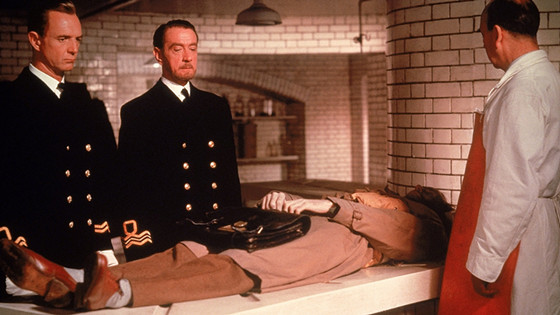
Clifton Webb stars as Captain Ewen Montagu in this WWII espionage yarn, directed by Ronald Neame. The Man Who Never Was (1956) tells the story of ‘Operation Mincemeat’, a British deception plan in which a corpse was airdropped off the coast of Spain carrying false documents. Since the operation went off without a hitch, the filmmakers had to invent a third act involving a Nazi spy (Stephen Boyd) and his mission to verify the corpse’s fabricated identity as an RAF pilot.
With its leisurely pace and lack of suspense, the film would be easy to dismiss as a stuffy war movie, but its bold visuals, and a parade of familiar character actors including Cyril Cusack, Michael Hordern, and future Doctor Who co-star William Russell, help make it an enjoyable and comforting watch. It is also made memorable by a couple of jarring stylistic touches, expressing Montagu’s guilt over the body’s anonymous fate through purely visual language in a film otherwise driven by dialogue. These moments make it readily apparent why the film is a favourite of Scorsese’s.
7. Pete Kelly’s Blues (1955)
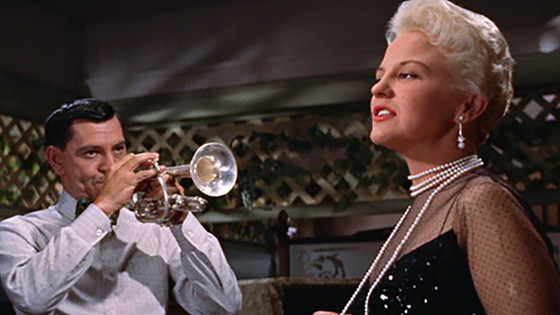
Television star Jack Webb directs himself as a jazz bandleader in Pete Kelly’s Blues (1955), a musical-thriller of the Roaring Twenties. When a bootlegger (Edmond O’Brien) tries to muscle in on his band’s nightclub, Pete Kelly (Webb) struggles to keep politics away from the music, as well as his love affair with flapper Ivy (Janet Leigh).
The film benefits from taking its story more seriously than most Technicolor musicals of the era, along with being more respectful of its jazz heritage than was usual in classical Hollywood. Shot in lengthy, static takes, Webb’s unfussy style lends a breezy grace to the action, helping to inflect the dialogue with a jazz-like rhythm. Highlights include blues numbers by Ella Fitzgerald as the boss of a speakeasy, and Peggy Lee as an alcoholic gun moll.
It is possible that, at its heart, Pete Kelly’s Blues wants to be a gangster movie, at a time when these were still fairly taboo under the Production Code, but with its Edward Hopper-style palette and hardboiled narration by Webb, you can easily imagine the film as a possible influence on Scorsese’s Goodfellas (1990).
8. The Picture of Dorian Gray (1945)
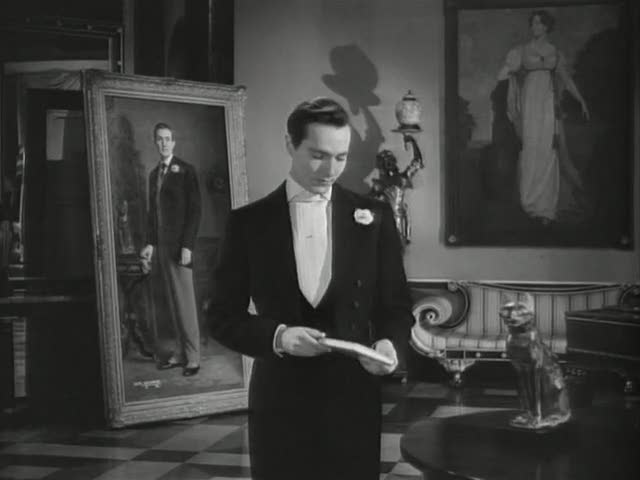
Director Albert Lewin had a brief but distinctive run of highly literary movies such as The Private Affairs of Bel Ami (1947) and Pandora and the Flying Dutchman (1951), featuring European leading men in brooding, Byronic leads, and a Gothic approach to romance, repackaged for transatlantic audiences, though not always with complete success. The first of these, The Picture of Dorian Gray (1945), is the perfect example of a film with all the right elements, not necessarily assembled in the right order.
Oscar Wilde’s decadent classic of 1890 has always been a difficult novel to adapt to the screen, its simple, fairytale-like structure lacking a dramatic climax. George Sanders gives perhaps the definitive portrait of Lord Henry Wotton, whilst Angela Lansbury appears in her earliest singing role as Sybil Vane. Less successful is Hurd Hatfield’s icy performance as Dorian, whilst the dreamlike atmosphere, with stylishly anachronistic set designs, is marred by excessive voiceover narration. The paintings, however, showcased in striking Technicolor inserts, are a triumph.
Given the novel’s queer themes, it is surprising Hollywood in 1945 chose to adapt it at all. Even more surprising is how undiluted the results mostly feel, making it easily the best adaptation so far.
9. The Pride and the Passion (1957)
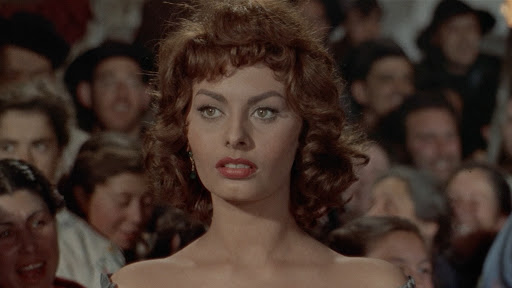
This handsome VistaVision curio has Cary Grant playing outside his usual light-comedy element in a costumed epic. Set during the Napoleonic Wars, The Pride and the Passion (1957) tells the story of a British naval officer (Grant) helping a group of Spanish rebels to move an enormous cannon hundreds of miles to retake a fortified city from the French. Leading the rebels are Miguel, played by Frank Sinatra, and Juana, played by Sophia Loren.
Directed by Stanley Kramer, the film is a rare opportunity to see a semi-retired Grant at the head of huge battle scenes or having knife fights. He reportedly only took the part as an excuse to spend time with Loren, whilst Sinatra left production early due to his failing marriage with Ava Gardner. These off-screen tumults were enough to dwarf the thin love-triangle that provides most of the plot’s padding. If the film does not quite come together, its spirit of derring-do is still hard to resist, and looks just as impressive on the small screen as it no doubt did in cinemas.
10. The Red Tent (1969)
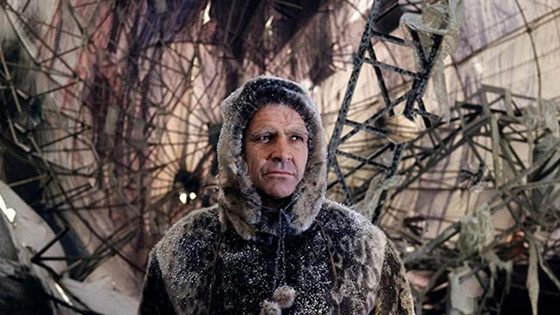
Of all the films on this list, The Red Tent (1969) may be the one most deservedly called an undiscovered gem, being still an obscurity more than half a century after its original release. The first ever collaboration between European and Soviet studios, it dramatizes a doomed 1928 Italian expedition to reach the North Pole by airship, and the equally turbulent rescue operation that followed. Peter Finch plays the expedition’s dishonoured leader Umberto Nobile, with Sean Connery as his careworn mentor Roald Amundsen.
The film is appreciably vast, framed as an exploration of Nobile’s guilty memories, reconstructing moments that have been both figuratively and literally frozen in time. This extends to the casting of Connery, a 38 year old playing a 55 year old, complete with talcum powdered-hair, giving him a menacingly petrified appearance. The direction by Mikhail Kalatozov is more playful than usual for films of this scale, while the script by an uncredited Robert Bolt is filled with exciting and moving moments. If, like The Last Valley, its vaunting ambitions do not quite pay off, they are still arresting.
The international cast also includes Claudia Cardinale and Hardy Krüger, and the English-language version features an orchestral score by Ennio Morricone.